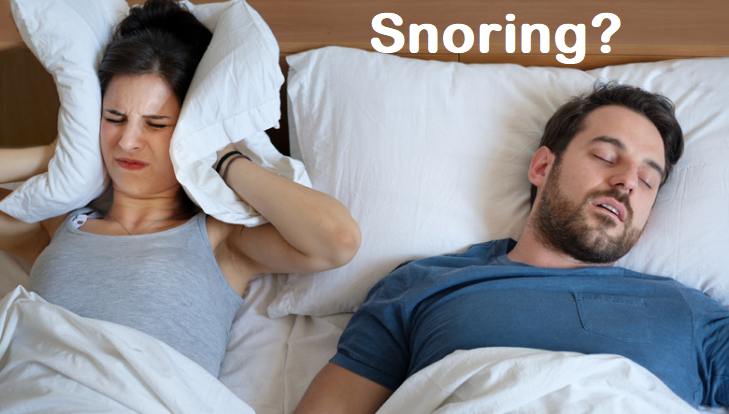If you have been diagnosed with mild to moderate sleep apnea recently, you might be wondering why mild to moderate sleep apnea is one condition instead of two separate categories. Foremost, it is important to understand how are the different categories of sleep apnea being defined. Sleep apnea is classified according to the apnea-hypopnea index (AHI) which measures the severity of sleep apnea based on the collective number of hypopneas which is periods where breathing is excessively shallow, and apneas which are periods where cessation of breathing occurs during each hour of sleep.
According to the American Academy of Sleep Medicine (ASSM), mild sleep apnea is an AHI scale of 5 to 15, moderate sleep apnea is an AHI scale of 15 to 30, and severe sleep apnea is an AHI scale of more than 30. For mild sleep apnea, the common symptoms are involuntary sleepiness during activities that require little attention such as watching television or reading, while moderate sleep apnea experience involuntary sleepiness during activities that require some attention such as meetings or presentations, and severe sleep apnea causes involuntary sleepiness during activities that require active attention such as talking or driving. So with these three degrees of sleep apnea, why do clinicians group mild and moderate sleep apnea together? Basically, it is due to the treatment options available or prescribing treatments for mild and moderate sleep apnea that is similar for both but separate for severe sleep apnea. For example, a 2007 study published in the Journal of Sleep and Breathing categorize mild to moderate sleep apnea patients together to determine the effects of treatment options for this group of patients, and that oral appliances are recommended for mild to moderate sleep apnea patients but not for those with severe sleep apnea.
If you are at risk or have sleep apnea, it is important to consult a doctor to confirm the diagnosis early and the underlying issue of the cause of sleep apnea. Depending on your financial situation and sleep apnea condition, the doctor will work through with you the type of sleep apnea test in the comfort of your home or an in-lab sleep test to determine the precise nature of your condition to avoid any long-term issues. Besides most insurance companies now pay for sleep testing and CPAP treatment, early intervention with a sleep apnea device can stop snoring or one can a sleep apnea CPAP trial from the equipment supplier or distributor that distributes a range of sleep apnea devices for a better quality of sleep and healthier overall well-being.
The Air Station


